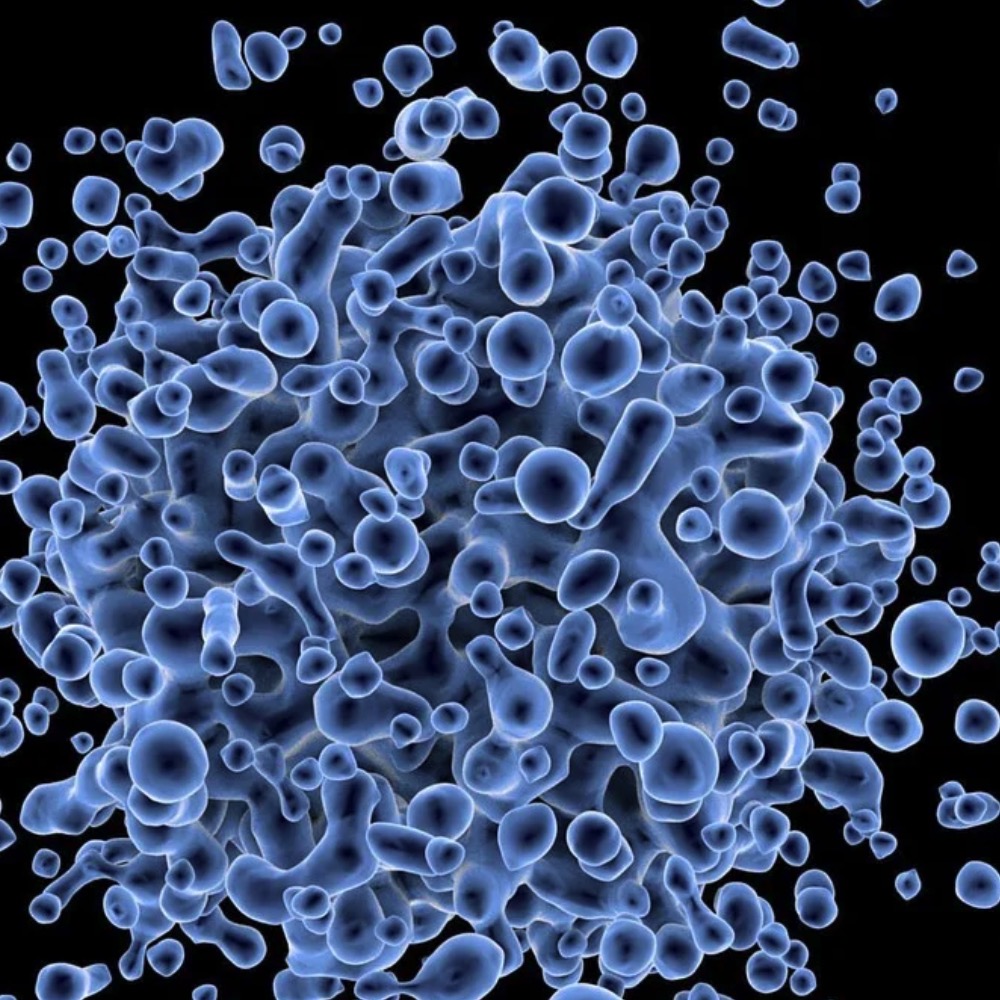Does human serotonin-1A receptor polymorphism (rs6295) code for pain and associated symptoms in fibromyalgia syndrome?

All claims expressed in this article are solely those of the authors and do not necessarily represent those of their affiliated organizations, or those of the publisher, the editors and the reviewers. Any product that may be evaluated in this article or claim that may be made by its manufacturer is not guaranteed or endorsed by the publisher.
Authors
Genetic predisposition may play an important role in the development of fibromyalgia syndrome (FMS). Serotonin is known to be involved in pain modulation and serotonin-1A receptor plays a considerable role in determining the central 5-HT tone. Consequently, variation in 5-HT1A receptor gene (HTR1A) may be responsible for inter-individual variability in pain sensitivity and other clinical symptoms of FMS. Therefore, the objectives of this research work were to study the gene polymorphism of 5-HTR1A gene and to explore the correlation between rs6295 genotype (−1019C/G HTR1A) and duration of pain, pain intensity and pain related depression and anxiety, if any, in FMS. 5-HTR1A genotype for the C(-1019)G polymorphism was typed in 62 patients with FMS and 42 healthy subjects. Present pain intensity, components of pain and pain related depression and anxiety were assessed using the numerical pain rating scale, McGill pain questionnaire and Hamilton depression and anxiety rating scale respectively. 5-HTR1A gene was represented by three different genotypes, homozygous C/C, heterozygous C/G and homozygous G/G. Analysis of the 5-HTR1A gene showed a frequency of 58%, 31% and 11% for the C/C, C/G and G/G genotypes, respectively in FMS group. This proportion was 69%, 23% and 8% in healthy subjects. No significant correlation was observed between 5-HTR1A gene polymorphism and pain and related symptoms in FMS patients. To the best of our knowledge this is the first study which investigated the correlation between the 5-HTR1A gene polymorphism and pain intensity, the affective component of pain, pain related depression and anxiety in FMS.
How to Cite
PAGEPress has chosen to apply the Creative Commons Attribution NonCommercial 4.0 International License (CC BY-NC 4.0) to all manuscripts to be published.










